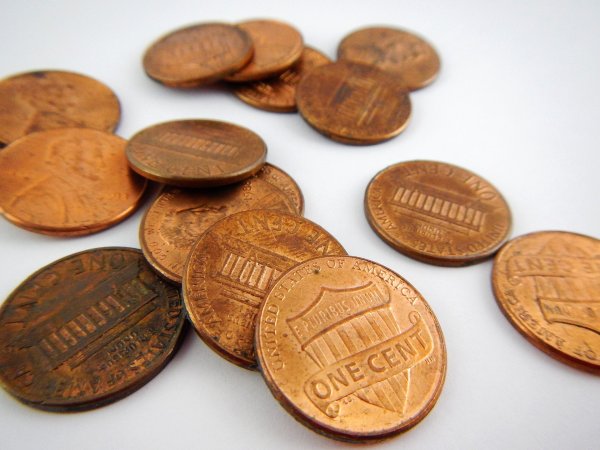Simple Procedures that Can Protect Your Hard Earned Cash

Cash is the lifeline of your business. Make sure you protect it. When you follow these simple procedures, you are monitoring the cash that comes in to your business and goes out of your business. You can also spot minor issues before they become major crises.
This article is in three segments:
What to do before you begin, daily cash activity and weekly cash activity. Each of these sections is an important part of monitoring your cash flow and protecting it.
Before you begin
- Send your bank statements home. This is the first line of defense in keeping the honest people honest and protecting your cash. Once you look at the statement, then bring it in to the bookkeeper to balance the checkbook. By sending the bank statement home, you will also see bounced checks, late payment notices, etc. that the bookkeeper might not tell you about.
- Bookkeeper does not sign checks. Unless the bookkeeper is your spouse, the bookkeeper never signs checks. If the bookkeeper has check signing authority, she can write a check to anyone she wants to, including herself. This is one of the easiest ways bookkeepers embezzle.
- Watch what you sign – if it doesn’t make sense, question. Whenever you sign a check, look at the invoice behind it and the packing slip (if appropriate) to see that the product was received. Make sure you are signing the check to the name of the real vendor. For example, there might be ABC Company and ABC, Inc. ABC, Inc might be the real vendor and ABC Company a company owned by your bookkeeper.
- No signature stamps. If your bookkeeper has your signature stamp, it’s the same as giving her check signing authority. If you are on vacation for an extended period of time, make arrangements to have a temporary signature approval until you get back with authorization up to a specific amount. Or, hide a signature stamp with a family member you trust who can bring the stamp in when needed. The family member is instructed to stamp the checks after reviewing the invoice and packing slip as in #3.
- Review reconciliation reports. If the bookkeeper says she has balanced the checkbook, you should see the reconciliation reports and match the ending balances with the balances on the statements. Make sure that the reconciliation is actually done correctly.
Daily
This takes less than 5 minutes!
Log on to your bank accounts. You can do this even when you are on vacation!
Review the previous day’s transactions. Look for abnormalities. Look at automatic deposits and withdrawals.
Here’s why:
A business owner was not in the habit of looking at the bank accounts every day. However, his bookkeeper did. One day the bookkeeper noticed two tiny transactions, each under $1.00. These are the types of transactions that are normally made when setting up a new account. The bookkeeper thought that the owner had set up a new account and forgot to tell him.
The next day, the bank called. Someone had tried to withdraw $50,000! Those two tiny deposits were made to check to see if the account was real! Obviously the bank account was shut down immediately.
Look for abnormalities. It takes less than five minutes.
Weekly
Every Friday afternoon your bookkeeper creates the weekly cash flow report and puts it on your desk.
Preparation of this report should take her less than 15 minutes assuming that accounts receivable and accounts payable are up to date.
Figure 1 is the weekly cash flow report template.
Ending cash for the previous week is beginning cash for this week.
Then add the cash that was received for the week – from collections on sales, advances on lines of credit, personal loans/investments from owners, sales of assets, or any interest received from savings.
This is the total cash available for the week.
Then subtract all the disbursements for the week: payroll, accounts payable payments, loan payments, purchases of assets, or other ways money was spent.
Subtract your total disbursements from your total cash.
This is the ending cash balance. It should match the amounts that are in your bank accounts.
The next part of the weekly cash flow report is next week’s projections. What receivables do you expect to be paid? What disbursements do you expect to make?
Add your projected cash in to the week’s ending cash. Then subtract the expected payments. This is your projected balance for the next week. If it is negative, then you either don’t pay payments or someone makes collection phone calls so that you have the cash you need the following week.
Your review of the weekly cash flow report can be done in as little as 10 minutes.
If you want a copy of a weekly cash flow report email me at [email protected].
These two cash procedures take very little time. They should be part of your daily and weekly routine. Protect your hard earned cash.
I have a deep understanding of Profit and Loss Statements and Balance sheets - and I can explain them in simple, easy to understand language.
Would you like to promote an article ?
Post articles and opinions on San Jose Professionals
to attract new clients and referrals. Feature in newsletters.
Join for free today and upload your articles for new contacts to read and enquire further.


